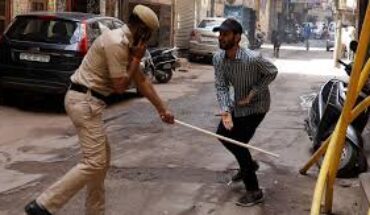Hovering around 3.5 lakh daily infections, India’s current wave of the COVID-19 pandemic raises serious concerns. Experts fear that the infection numbers may hit a million per day in May, with daily deaths nearing 5,000. The numbers reveal only a tiny fragment of the misery enveloping the country. The health-care infrastructure is stretched to breaking point in most parts of the country. Given this situation, more restrictions cannot be avoided. The challenge is in managing the pandemic with the least required and unavoidable disruption in economic activity. The lesson from the first lockdown that put the burden almost entirely on the poorest is that a better design for restrictions is essential. At the heart of managing any disaster is reliable information and trust in the government. Both seem to be deficient currently. The Centre appears to be eagerly watching and unhesitatingly intervening in some streams of information to deflect public attention from its own performance. However, there is little engagement with the States, the Opposition parties and the media. The Centre has viewed them with suspicion while the Opposition views the government as inept. All this is a replay of the responses last year, suggesting little learning. Lockdowns themselves cannot erase the pandemic, but they could give the government the breathing space to prepare. Ramping up of the health infrastructure must be taken up on a war footing. Going in for a shock and awe lockdown would cause more harm than good; but equally bad is the abdication of responsibility by the government. The Centre must work together with the States and the Opposition to design a flexible and phased scheme of restrictions that takes into account specific needs and concerns of various places, and sectors of the economy. The general public must be saved from chaos and miseries.
Phased, flexible curbs decent way to fight Covid-19
Published Date: 03-05-2021 | 1:21 am





